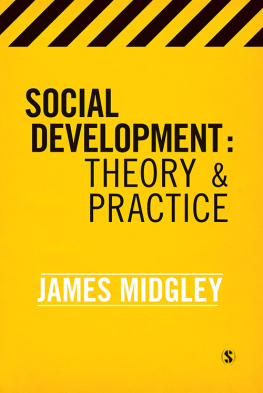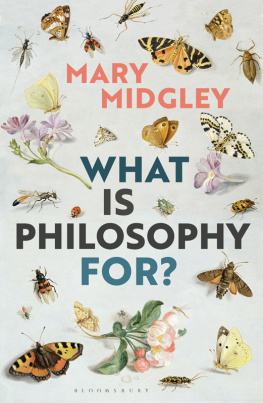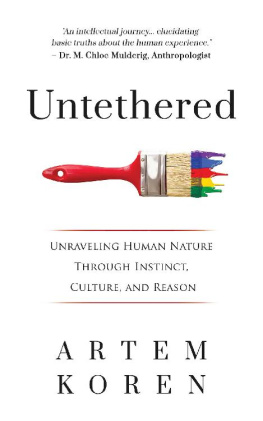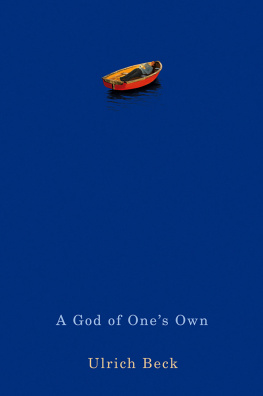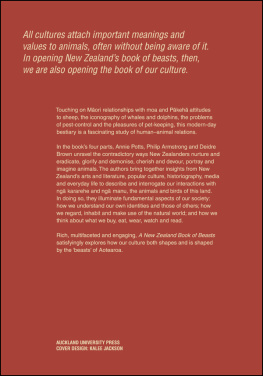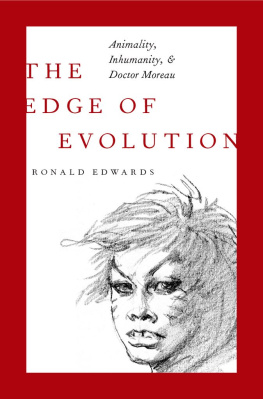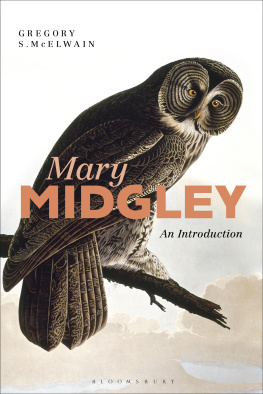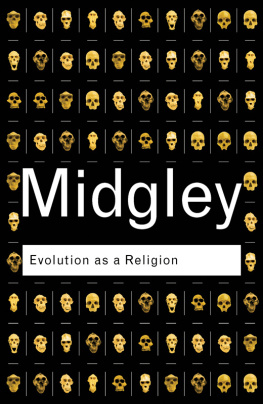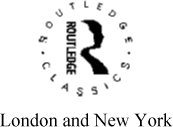Beast and Man
Beast and Man is a brilliant and persuasive attempt to set us in our animal context, to show us to ourselves as at home in the world, and to indicate a morality for society without religious absolutesa morality of which we see the rudiments in our brother species.
The Observer
A wonderful breath of fresh air and a book for non-philosophers as much as for philosophers. Mary Midgley explores the relation between men and other animals in an original but common sense way which has even more relevance to bioethical controversies today than it had in 1978 when it was published. It forms an introduction to the kind of green philosophy now developing in Europe and America, and it has certainly strongly influenced my own thought, both practical and philosophical.
Mary Warnock
an extremely elegant, penetrating and thought-provoking text. It is beautifully written, stimulating and innovative.
R.D. Martin, Reader in Physical Anthropology,
University College London
Beast and Man
The roots of human nature
Mary Midgley
First published 1979 by The Harvester Press Limited
Published 1980 by Methuen & Co.
Revised edition published 1995 by Routledge
First published in Routledge Classics 2002 by Routledge 11 New Fetter Lane, London EC4P 4EE 29 West 35th Street, New York, NY 10001
Routledge is an imprint of the Taylor & Francis Group
This edition published in the Taylor & Francis e-Library, 2005.
To purchase your own copy of this or any of Taylor & Francis or Routledges collection of thousands of eBooks please go to www.eBookstore.tandf.co.uk.
1978 Cornell University
Introduction to Revised edition 1995 Mary Midgley
All rights reserved. No part of this book may be reprinted or reproduced or utilised in any form or by any electronic, mechanical, or other means, now known or hereafter invented, including photocopying and recording, or in any information storage or retrieval system, without permission in writing from the publishers.
British Library Cataloguing in Publication Data
A catalogue record for this book is available from the British Library
Library of Congress Cataloging in Publication Data
A catalog record for this book has been requested
ISBN 0-203-62650-8 Master e-book ISBN
ISBN 0-203-63041-6 (Adobe e-Reader Format)
ISBN 0-415-28986-6 (hbk)
ISBN 0-415-28987-4 (pbk)
TO MY SONS,
with many thanks for making
it so clear to me that the
human infant is not blank paper
ACKNOWLEDGMENTS
Much of the work for this book was done in 1976 at Cornell University, which I visited at the invitation of Max Black, a member of the Program on Science, Technology, and Society, to introduce some discussions on Man and Beast at interdisciplinary seminars. I am most grateful to everybody there for the endless help and encouragement they offered in my confused attempts to organize a subject so interdisciplinary as to be nearly impossible to sort out. As so many people were kind, I can name here only the two who probably made me think hardest, Professor Black himself and William Wimsatt. The paper I later wrote for their program is the basis for of this book.
Colleagues at Newcastle University have been more than generous with their assistance. In particular, Alec Panchen and Alan Ibbotson read the middle part of the book and saved me from many howlers, recommended much reading, and in general oversaw the books zoological aspects. Jane Heal kindly looked through , including a great deal that has finally been crowded out for lack of room. I thank each of them warmly for their time and attention. Errors that remain are entirely my contribution.
I thank my family and friends for putting up with a lot, and for much help with the argument. I am especially grateful to colleagues in my universitys Adult Education Department, who originally gave me the chance to get this confusing subject off the ground by inviting me to teach an adult class on ita method I vigorously recommend to anyone who wants to get an impossible bundle of questions under control. I am indebted to the students in that class, who refused to allow me to get away with easy answers.
I am grateful to the editor and proprietors of Philosophy for allowing me to draw on a paper called The Concept of Beastliness, published in Philosophy, 48 (1973). This forms the basis for the first three chapters.
I thank the following for permission to include quotations: Harvard University Press for those from Sociobiology by Edward O. Wilson, copyright 1975 by the President and Fellows of Harvard College; Faber & Faber Ltd. and Harcourt Brace Jovanovich, Inc., for lines from T. S. Eliots The Hippopotamus and The Waste Land; Anthony Powell and his publishers, William Heinemann Ltd. and Little, Brown, Inc., for those from his novels The Acceptance World and Books Do Furnish a Room; Michael Frayn and Wildwood House Ltd. for those from Constructions; Mrs. Hodgson and Macmillan (London and Basingstoke) for Reason Has Moons, from Collected Poems, by Ralph Hodgson; Chatto & Windus Ltd. and Random House, Inc., for the extract from Within a Budding Grove, copyright 1924 and renewed 1952 by Random House, Inc., and reprinted from Remembrance of Things Past, Volume 1, by Marcel Proust, translated by C. K. Scott Moncrieff; and the Society of Authors, literary representative of the Estate of A. E. Housman, and Jonathan Cape Ltd., publishers of Housmans Collected Poems, for lines from A Shropshire Lad.
MARY MIDGLEY
NEWCASTLE UPON TYNE
INTRODUCTION TO REVISED EDITION
RETROSPECTIVE: THE DEBATE
Is it worthwhile trying to build bridges across disputes and constantly getting shot at from both sides? That has been my occupation since 1978, when Beast and Man first came out. I have to admit that it hasnt transformed the world. Polarized, tribal debating is a very deep human habit, highly resistant to efforts at reconciliation. Stephen Jay Gould has said (resignedly) that, since feuding goes so deep, one might as well drop the notion of bridge-building altogether, and simply try to balance things by plumping for the less disastrous of the two extremes that are contending in any given debate.
He has a point. Yet, even during the most ferocious feuds, some people do actually want to resolve the issues as well. When controversy has raged for a while and has sent both sides into absurdly extreme positions, fatigue and disillusion sometimes make attempts at reconciliation seem downright welcome. This is what happened during the 1960s and 1970s in the dispute about whether there was, or was not, something called Human Nature.
Both the positions that were being most loudly offered had grown increasingly fantastic and hard to swallow. On the one handroughly speaking, the left handsocial scientists were still insisting that human nature did not exist at all. Human beings were pure products of their culture, originally indeterminate items, infinitely malleable, dough or blank paper at birth, shaped only by education. This positiondrawn originally from empiricist philosopherswas seen as the only possible defence against racism, sexism and authoritarianism. It had the firm backing of Marxists (who were then still very influential), of behaviorist psychologists, of sociologists and of many educational theorists.
On the other handthe right onethe traditional racists, sexists and authoritarians who had given Human Nature such a bad name in the first place, were still quite active and influential. Their most up-to-date prophets were then the popular exponents of ethology, such as Robert Ardrey and Desmond Morris. These writers combined lively and persuasive comparisons between people and animals with strong emphasis on just those alarming motives that the traditional right had always stressed in human nature namely, aggression, territory and dominance. Konrad Lorenz, who was actually a much more serious and less one-sided theorist, was widely seen as simply one of this party, while Niko Tinbergen was ignored.



